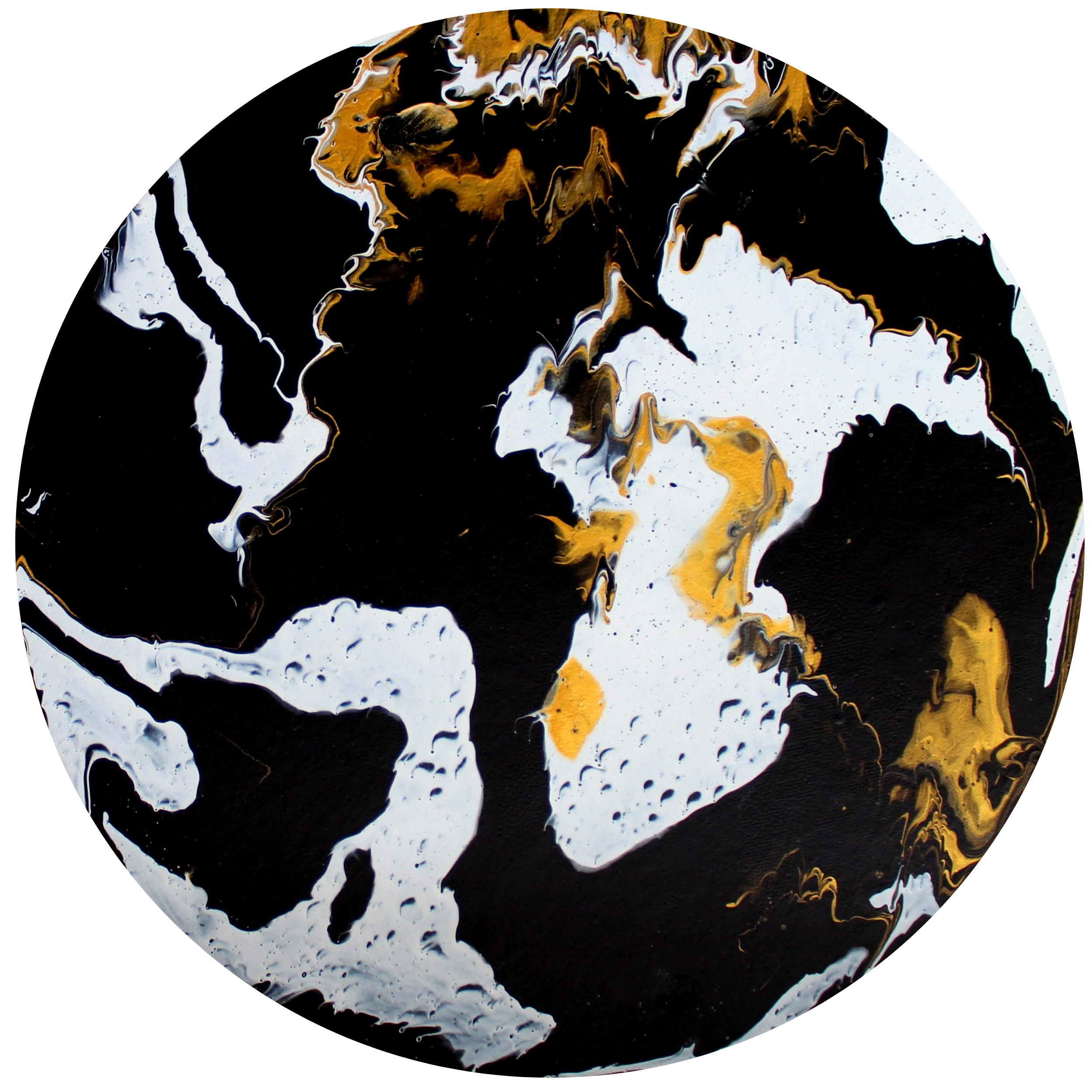 Image 1 of 5
Image 1 of 5

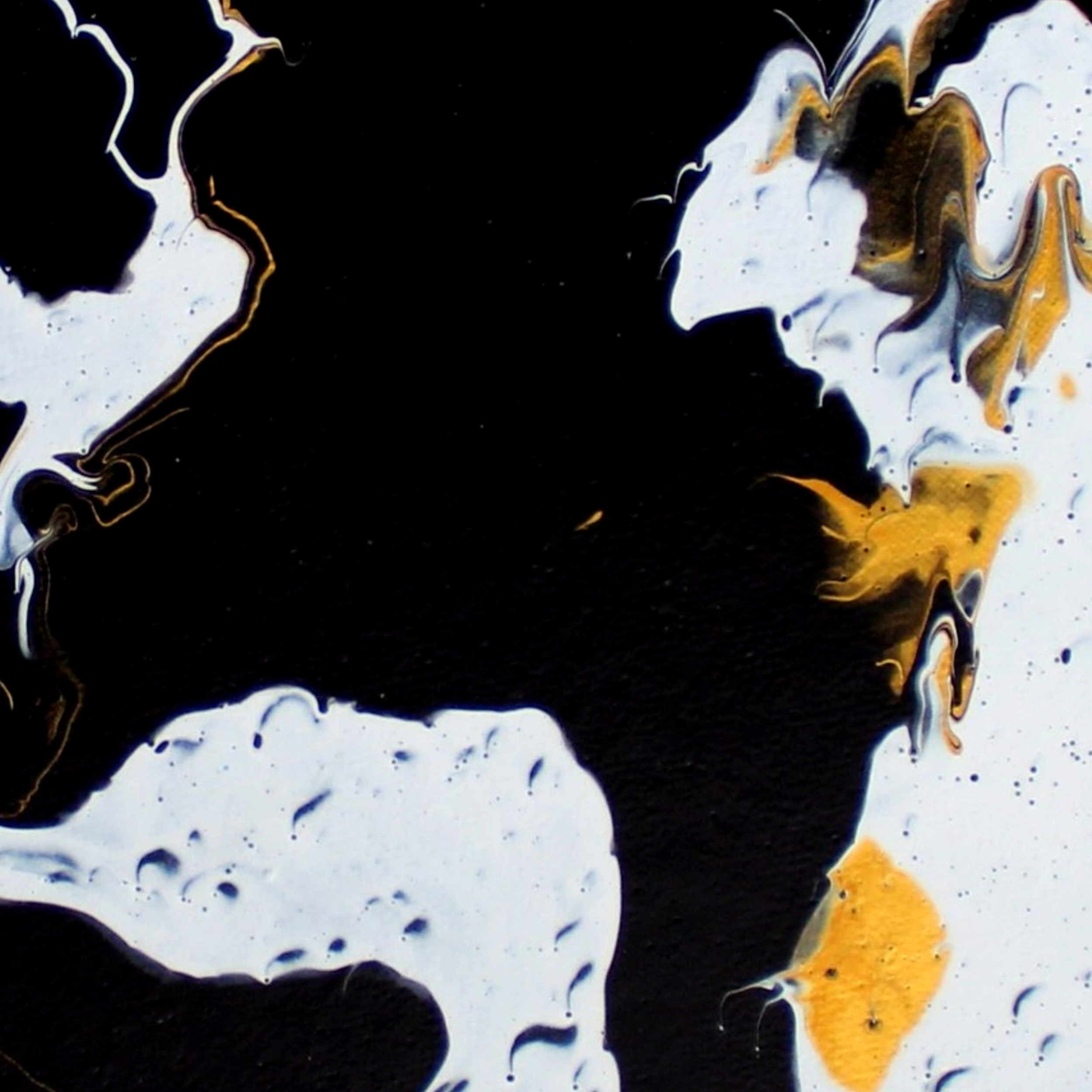 Image 2 of 5
Image 2 of 5

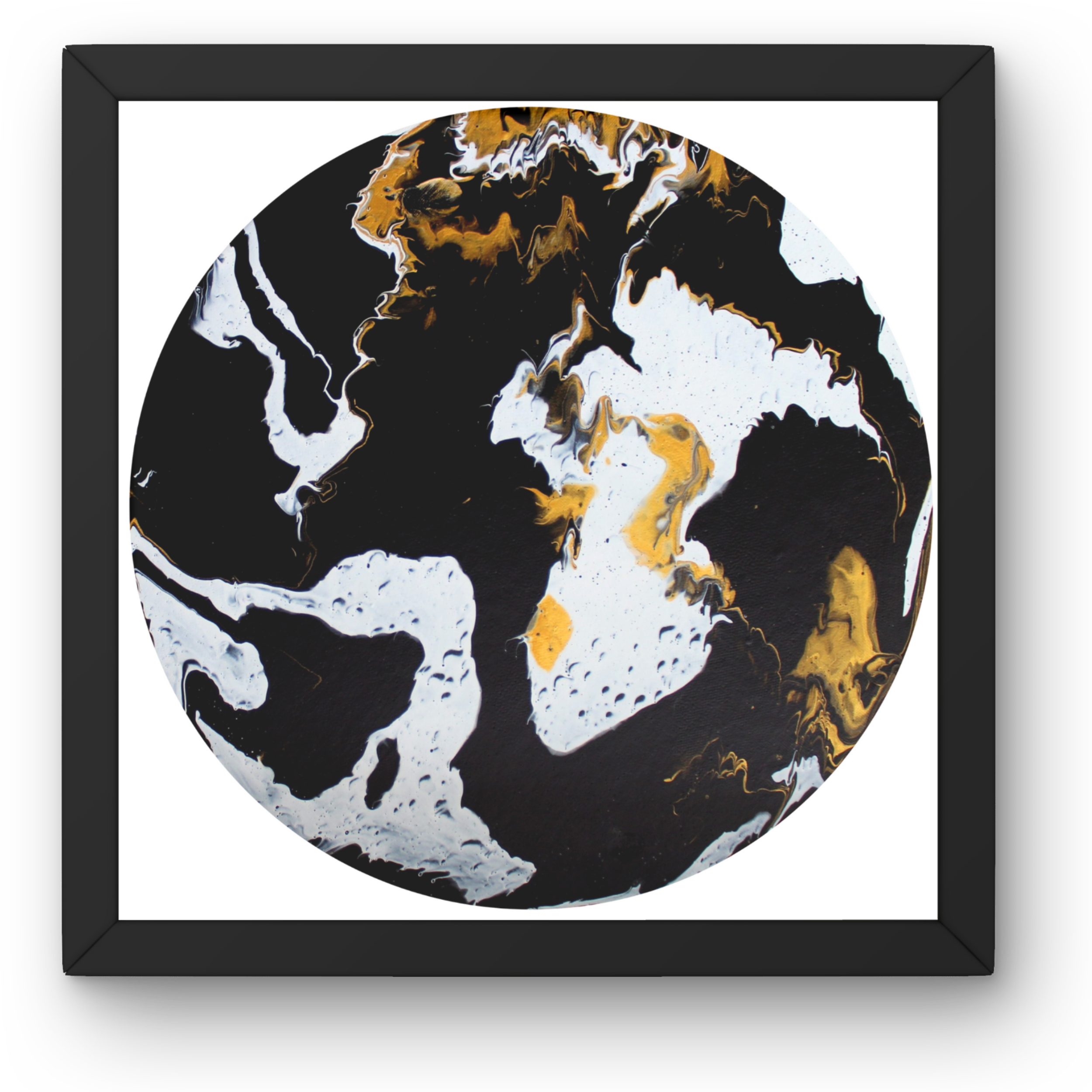 Image 3 of 5
Image 3 of 5

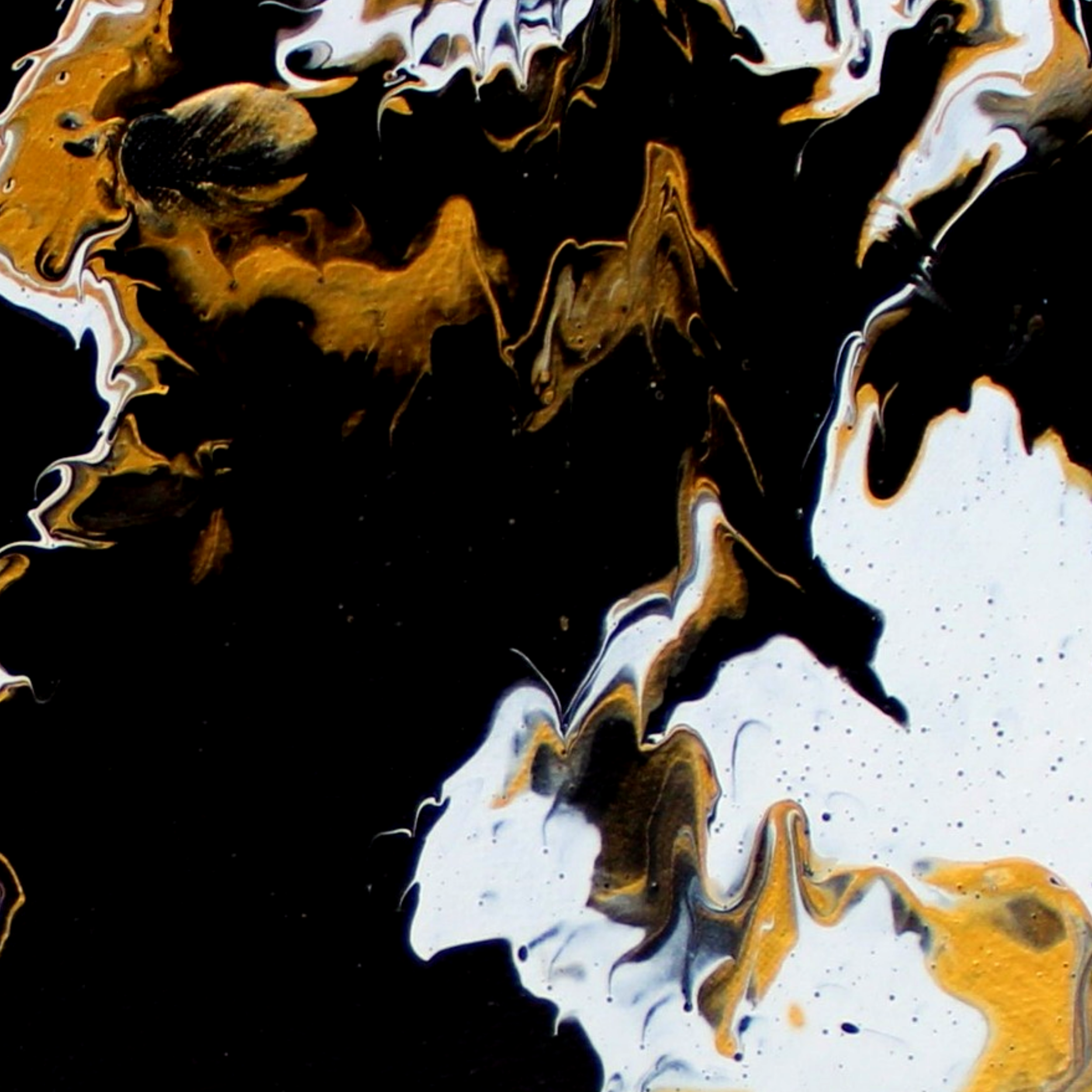 Image 4 of 5
Image 4 of 5

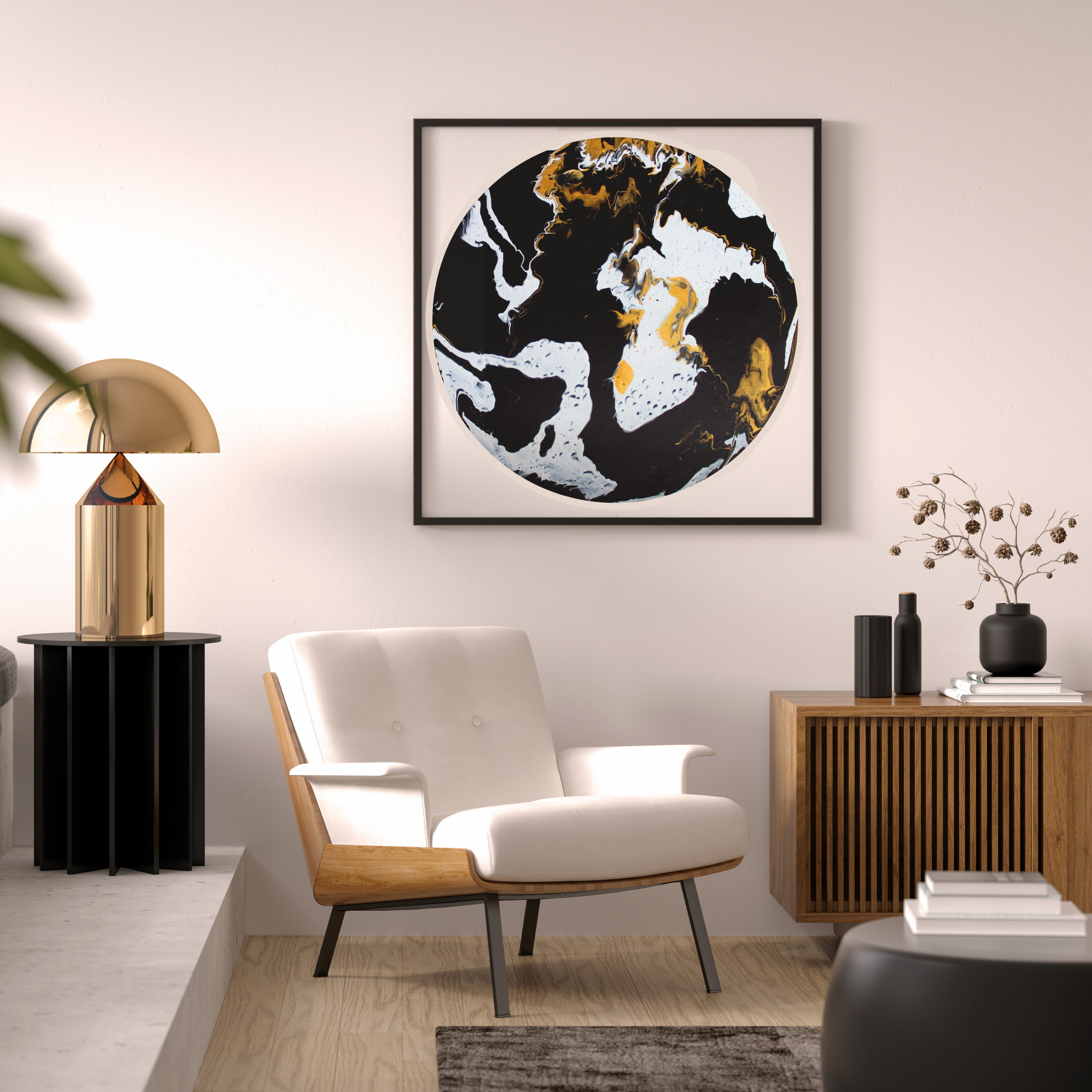 Image 5 of 5
Image 5 of 5






Continental Drift
Continental Drift is about the quiet, powerful shifts that shape us over time. I painted this piece thinking about migration—how it fractures and reforms identity, land, and memory. The swirling black, white, and ochre-gold forms came together like drifting continents, forming a new map that doesn’t exist on paper but in the body.
This painting holds that sense of motion and dislocation—how something can feel ancient and unfamiliar at once. If you’ve ever had to rebuild yourself across distance or carry home in your skin, this piece is for you.Black in this work represents both grounding and disorientation. In African spiritual frameworks, it’s the colour of soil and ancestry—what roots us even when we move. But in a migratory context, it’s also the unknown: crossing into shadow, losing shape before being made again.
White serves as rupture and possibility. It suggests the blankness of unfamiliar places—the expectation to assimilate—but also the space to redefine self. Here, it speaks to the transformation that follows rupture.
Ochre-gold, streaked through the surface, is a memory of sacredness. In African traditions, ochre is used to anoint the skin, mark the face, call the spirit. It reminds me that even in transit, we are not emptied—we are marked by everything we carry.
The circular shape echoes the earth and its fault lines, but also a halo, a drum, a return. As artist Wangechi Mutu once said, “My world exists in liminal spaces... between the new and the ancient, between place and placelessness.” Continental Drift lives in that space too.
Continental Drift is about the quiet, powerful shifts that shape us over time. I painted this piece thinking about migration—how it fractures and reforms identity, land, and memory. The swirling black, white, and ochre-gold forms came together like drifting continents, forming a new map that doesn’t exist on paper but in the body.
This painting holds that sense of motion and dislocation—how something can feel ancient and unfamiliar at once. If you’ve ever had to rebuild yourself across distance or carry home in your skin, this piece is for you.Black in this work represents both grounding and disorientation. In African spiritual frameworks, it’s the colour of soil and ancestry—what roots us even when we move. But in a migratory context, it’s also the unknown: crossing into shadow, losing shape before being made again.
White serves as rupture and possibility. It suggests the blankness of unfamiliar places—the expectation to assimilate—but also the space to redefine self. Here, it speaks to the transformation that follows rupture.
Ochre-gold, streaked through the surface, is a memory of sacredness. In African traditions, ochre is used to anoint the skin, mark the face, call the spirit. It reminds me that even in transit, we are not emptied—we are marked by everything we carry.
The circular shape echoes the earth and its fault lines, but also a halo, a drum, a return. As artist Wangechi Mutu once said, “My world exists in liminal spaces... between the new and the ancient, between place and placelessness.” Continental Drift lives in that space too.